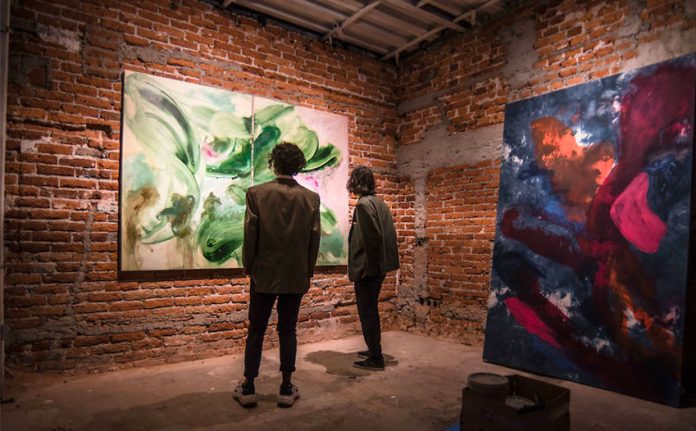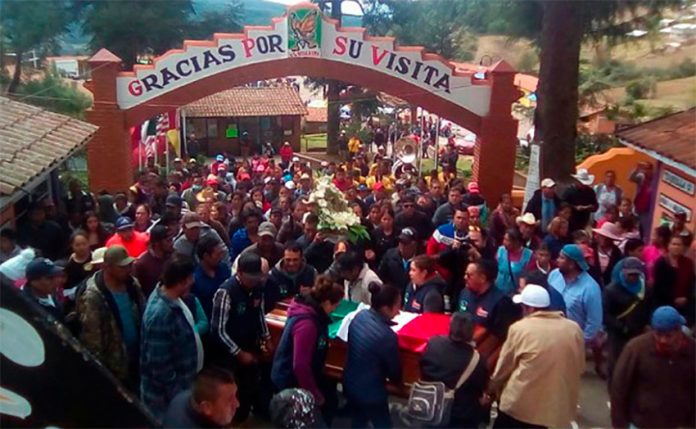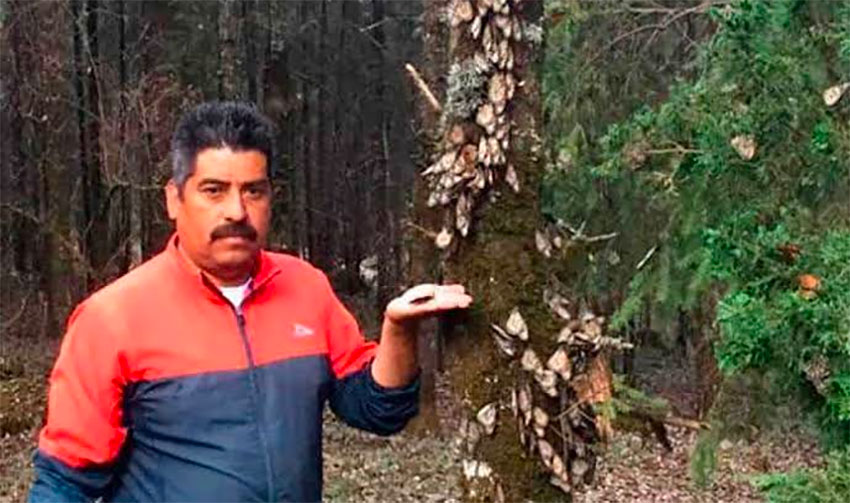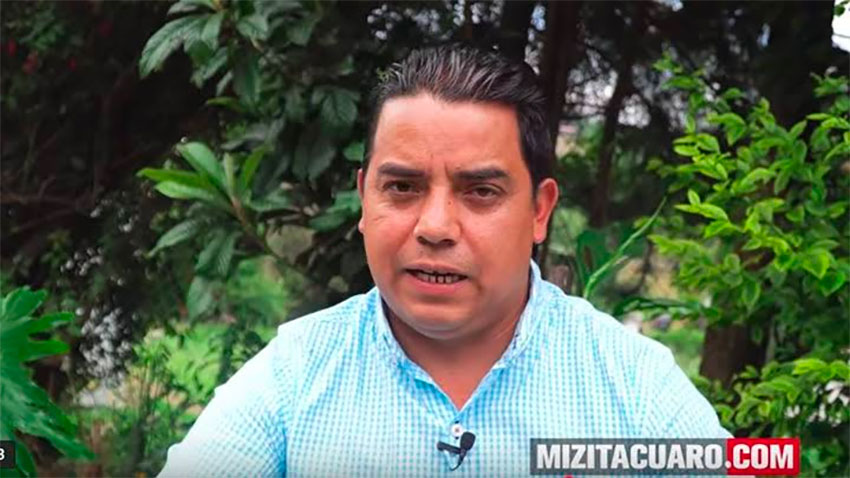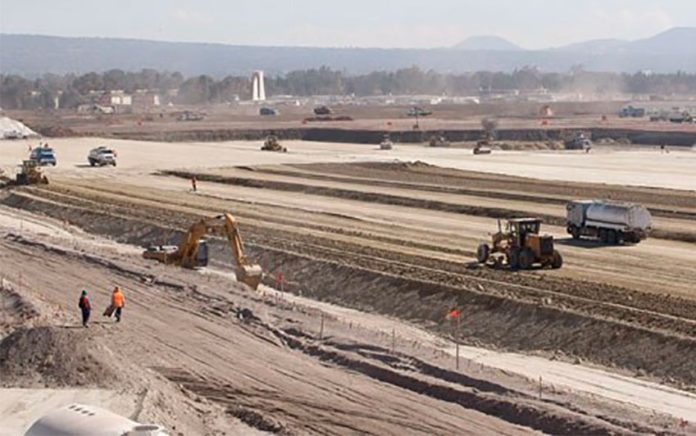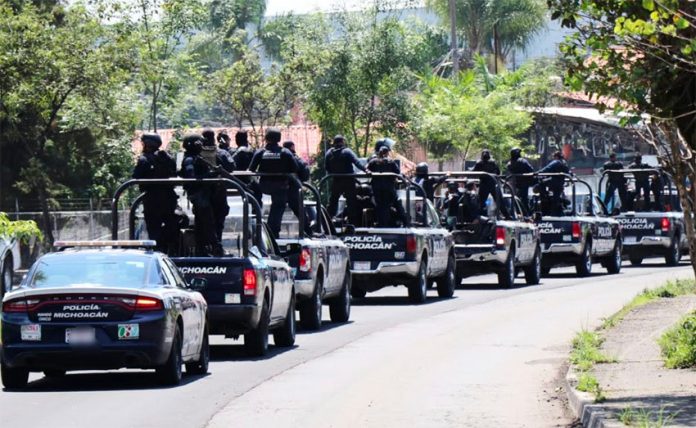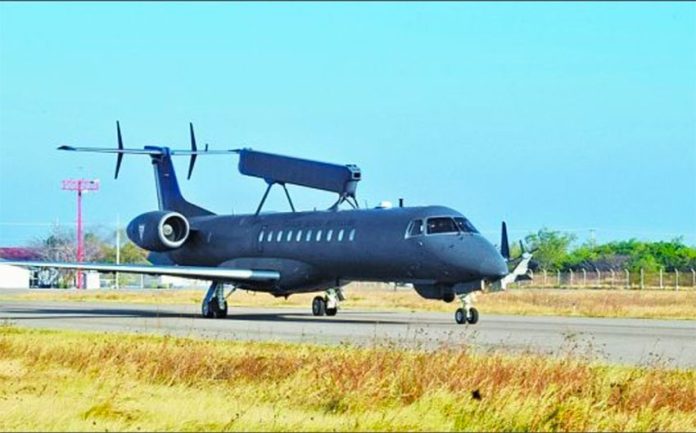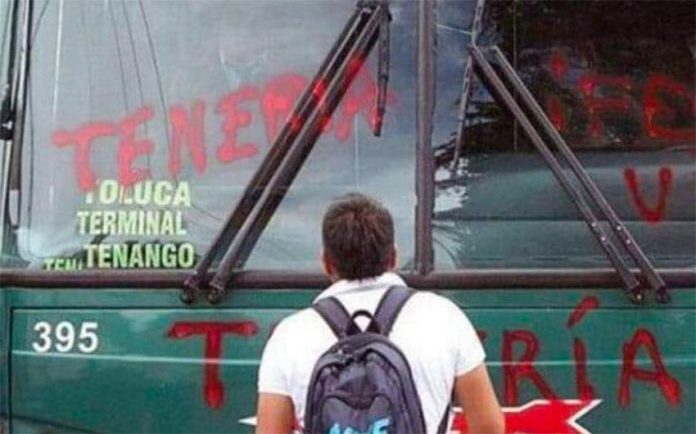An injunction against the Maya Train project granted by a judge in Campeche could be the first of many, predicts a lawyer who advised the communities that filed the legal action.
Elisa Cruz Rueda, a lawyer for communities in the municipality of Calakmul, Campeche, said it was likely that other communities in the five southeastern states through which the federal government’s rail project is slated to run will also be granted injunctions.
They are not seeking a rerun of last year’s consultation process – which found 92% support for the project but was denounced by the United Nations for failing to meet international standards – but rather the definitive cancelation of the Maya Train, she said.
There were not just “failures” in the consultation, Cruz said, “but rather in the entire process of preparation for the project.”
The information provided by the government about the impact of the railroad in Chiapas, Campeche, Quintana Roo, Tabasco and Yucatán has been “unclear, biased” or nonexistent, she added.
The lawyer said that the case against the Maya Train, one of the government’s most important infrastructure projects, is also being presented to international organizations on the basis that the rights of indigenous people have been violated.
The Catholic diocese of San Cristóbal de las Casas, Chiapas, has presented a petition with more than 1,000 signatures against the project to the International Labor Organization (ILO) and the United Nations, Cruz said.
The petition states that the rights of indigenous people who live along the proposed route of the Maya Train were violated because the consultation didn’t comply with the ILO Indigenous and Tribal People’s Convention. It states that a consultation process must be carried out prior to a project being executed in a manner that is culturally appropriate, serves to inform and allows free participation.
With regard to the provisional suspension order granted to the communities in Calakmul, Cruz said that the status of the injunction request on the federal judiciary website has been updated to show that it was successful even as the National Tourism Promotion Fund (Fonatur), which is managing the Maya Train project, said that it has not been notified about the ruling and that it didn’t exist.
The lawyer said the judge accepted the argument that the consultation was “simulated and fraudulent” and ordered the suspension of the project until the matter is resolved. A hearing has been set for February 6 at which Fonatur will have the opportunity to present information about the consultation.
If more injunctions against the Maya Train are granted, the government will face a similar situation to that which it confronted with the Santa Lucía airport. The project was delayed for months as the government scrambled to have seven injunctions overturned.
Fonatur chief Rogelio Jiménez Pons said last Friday that construction of the 1,500-kilometer railroad was expected to begin in April or May and that the tender process would commence in February.
Some experts have warned that construction of the railroad poses risks to the Yucatán peninsula’s underground water networks and the long-term survival of the jaguar.
President López Obrador has dismissed the environmental concerns and argues that the project will generate employment and prosperity in the country’s underdeveloped southeast.
Source: El Economista (sp)
